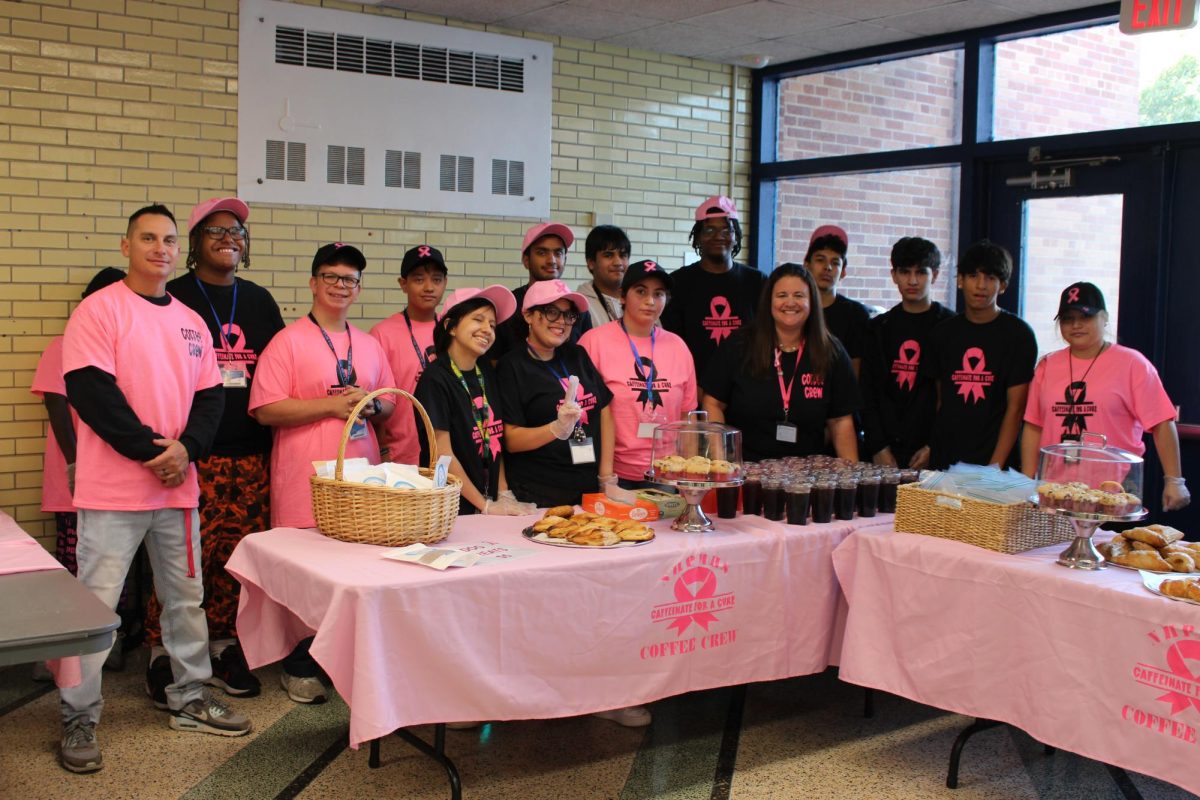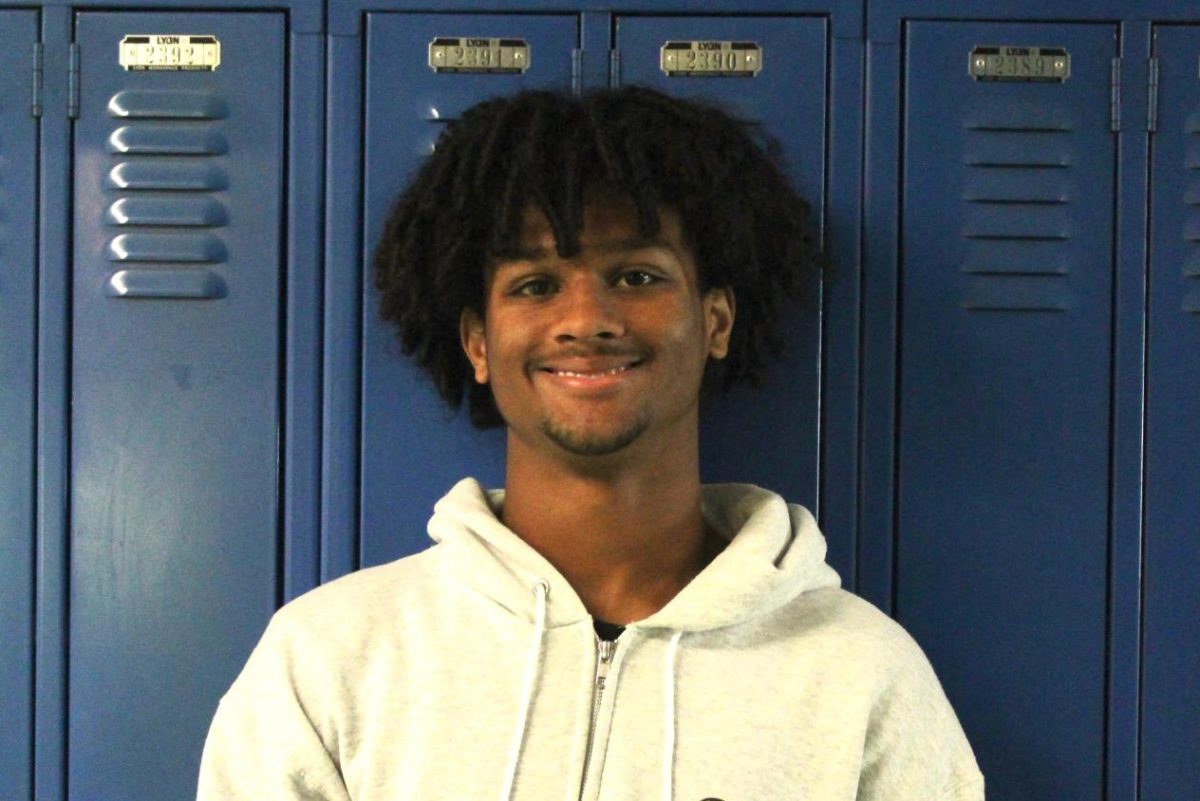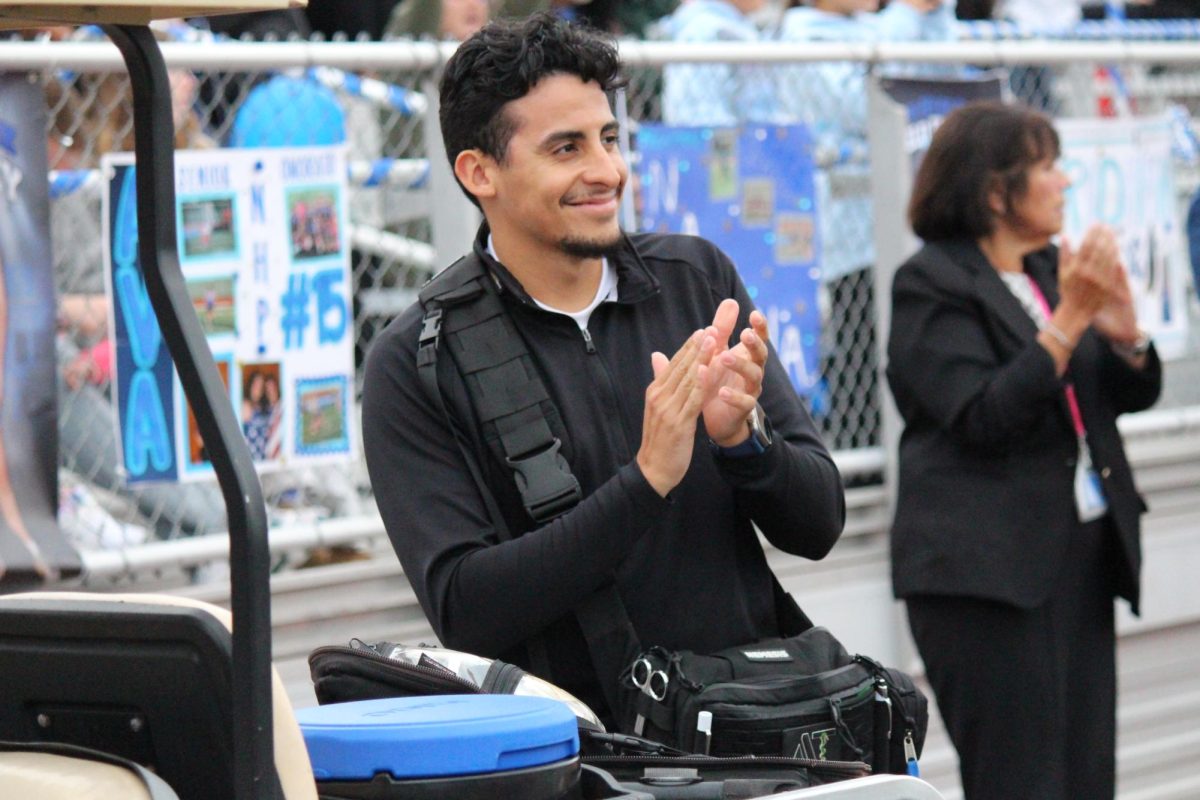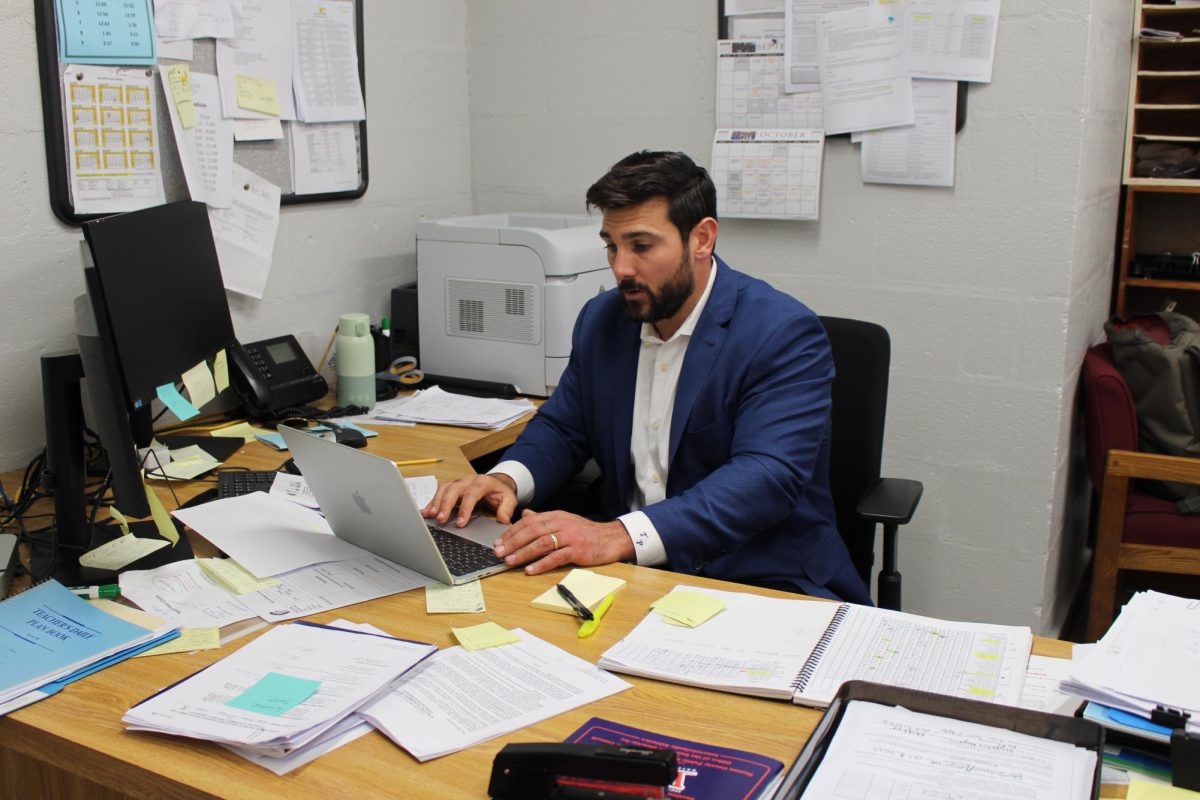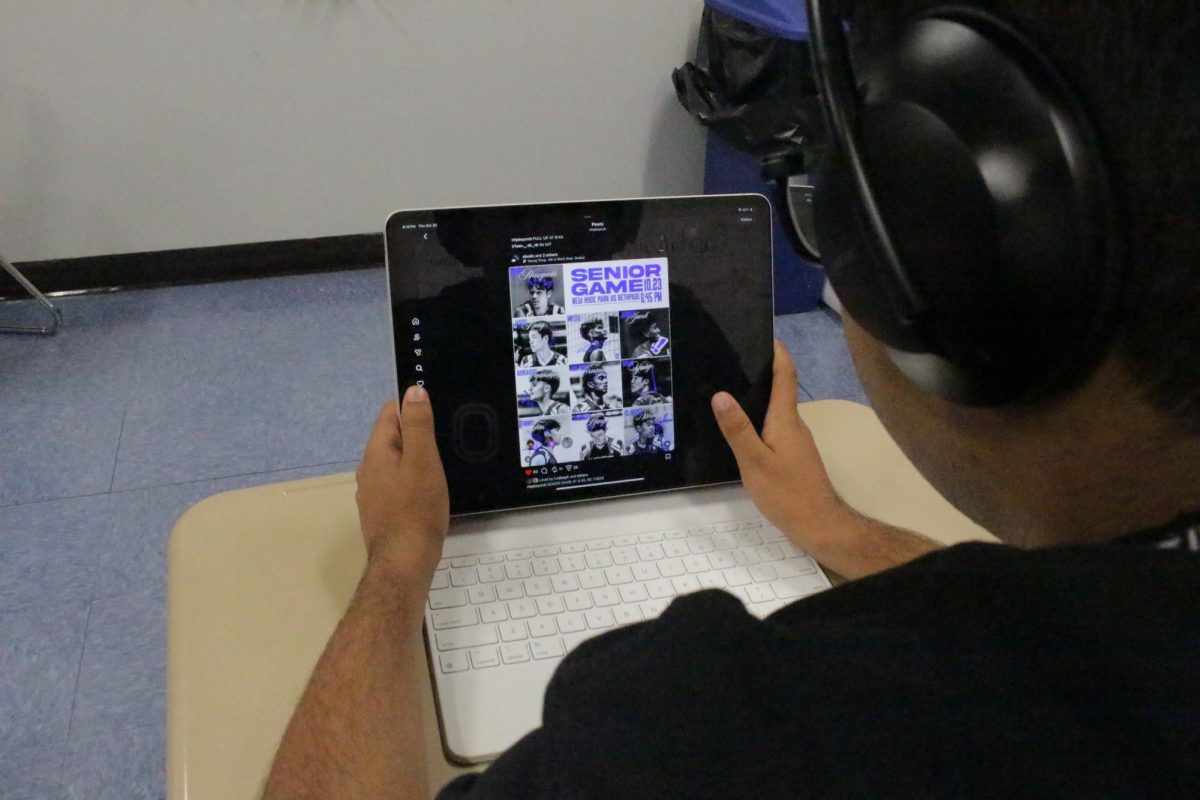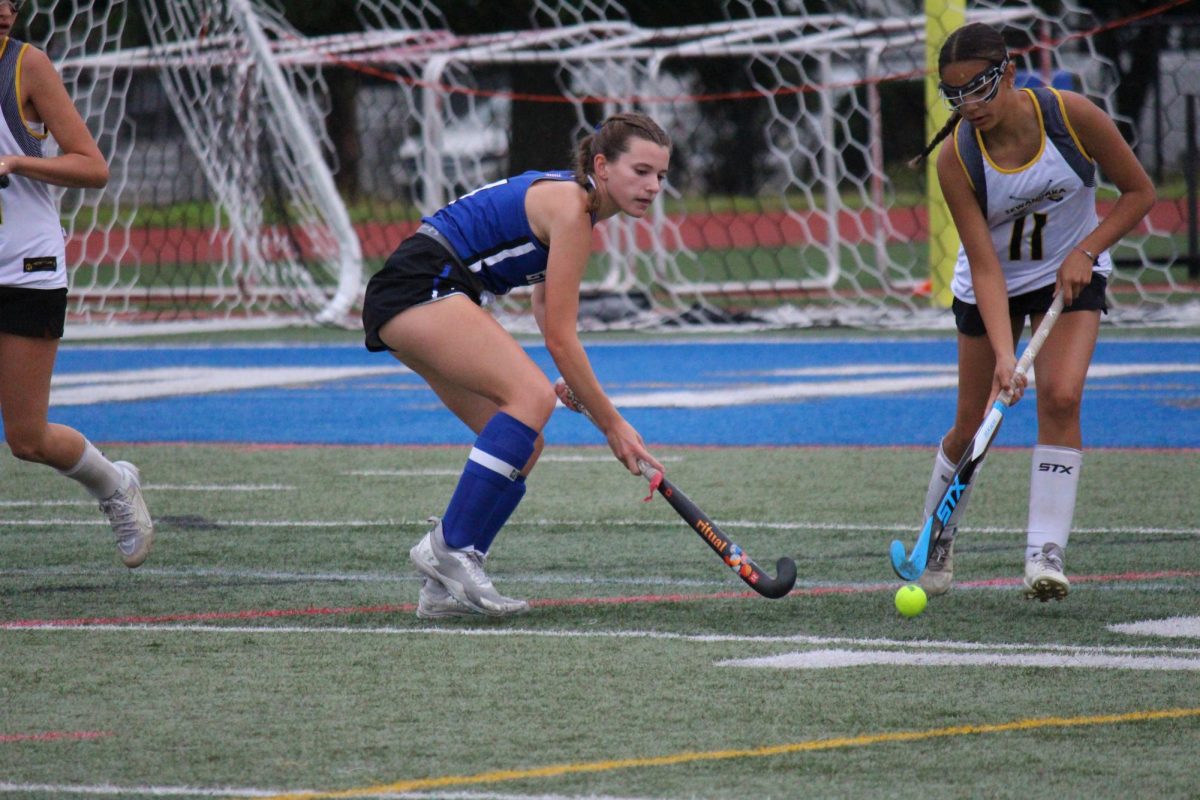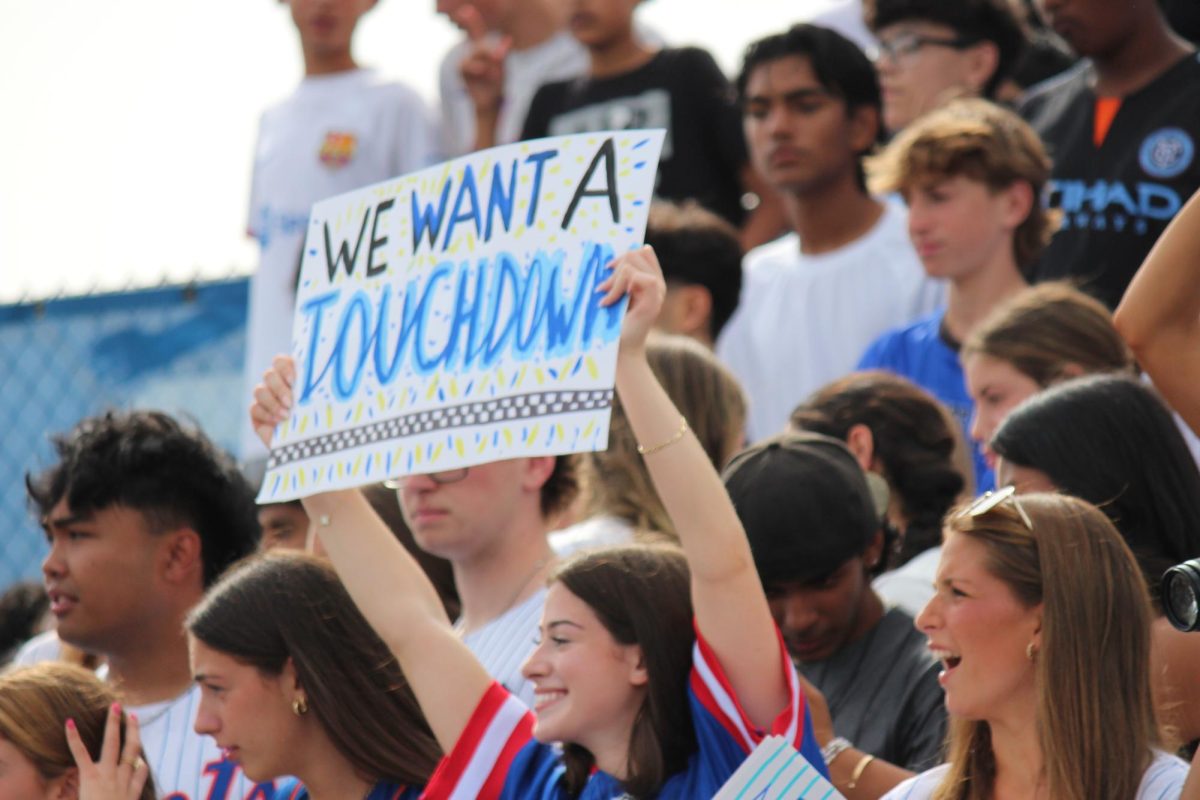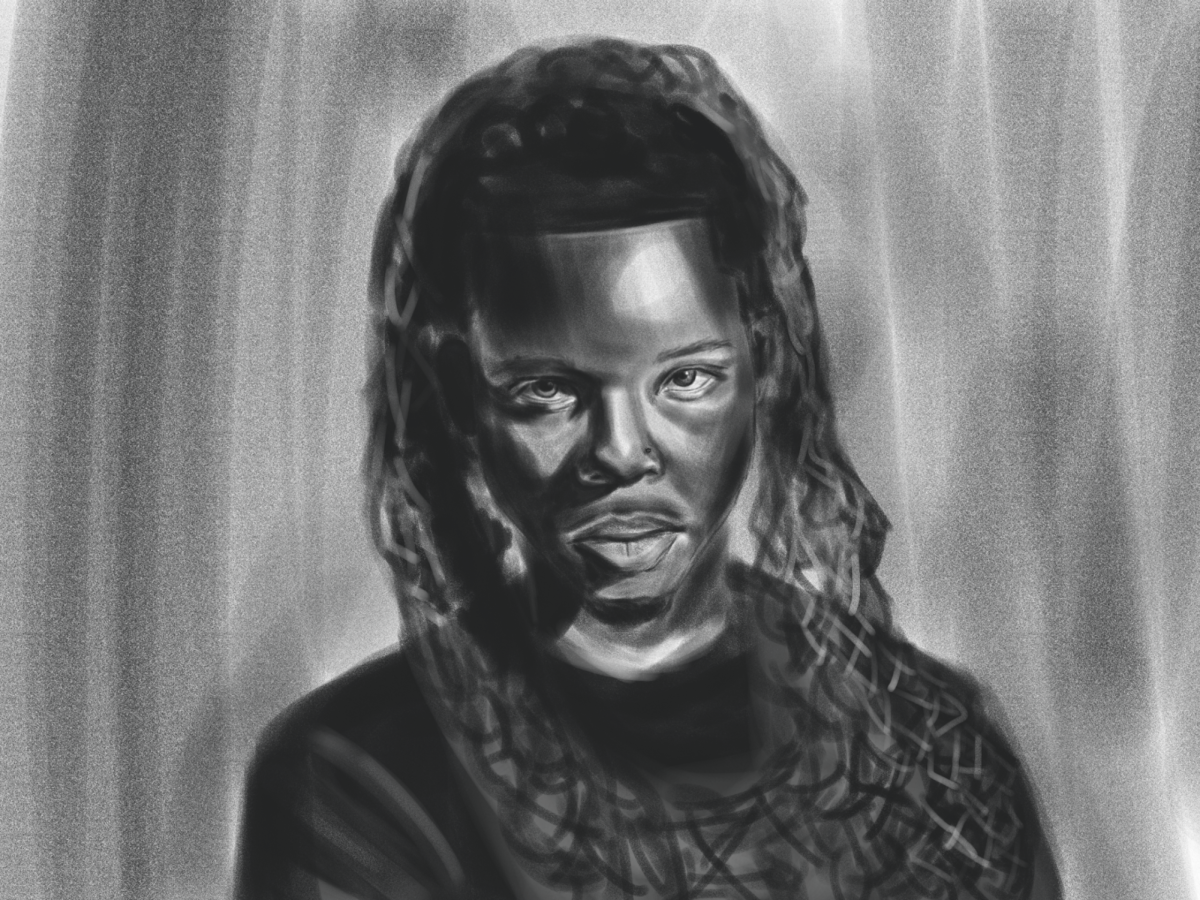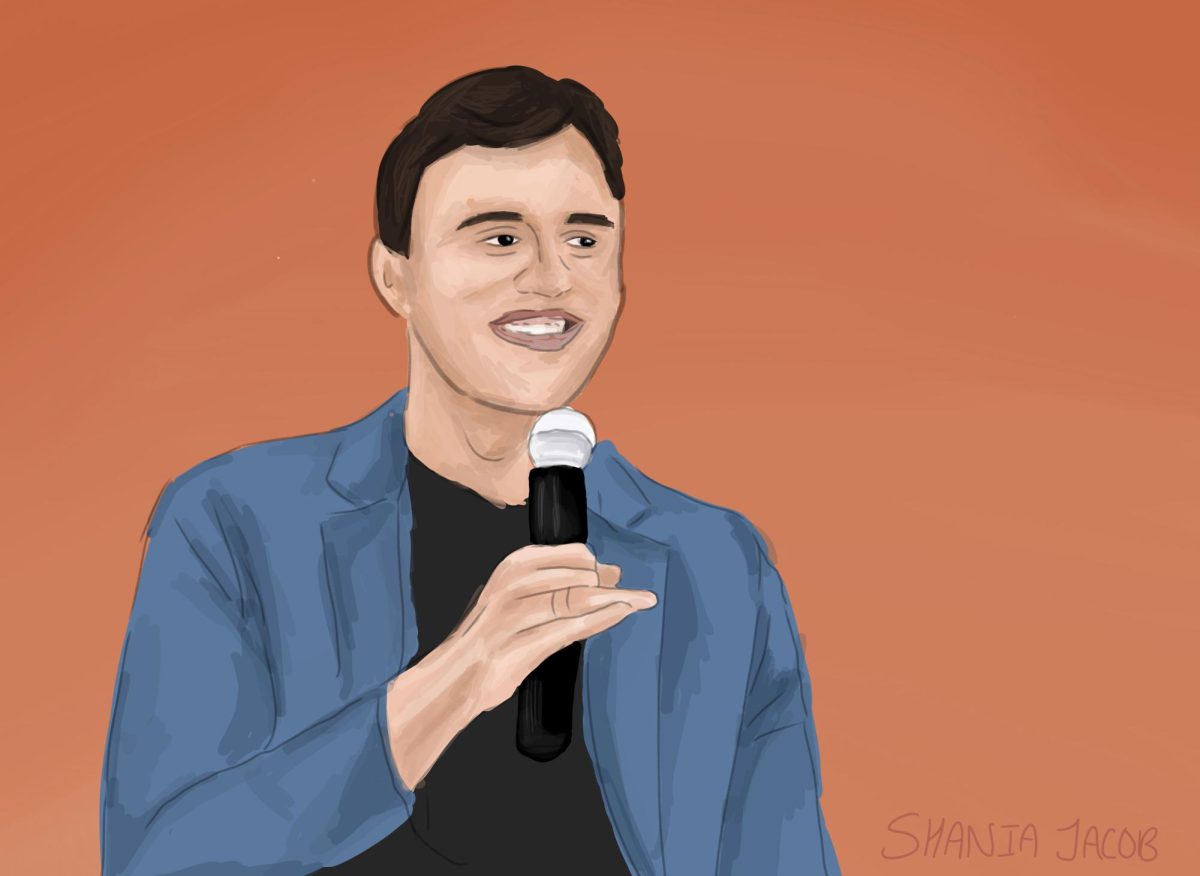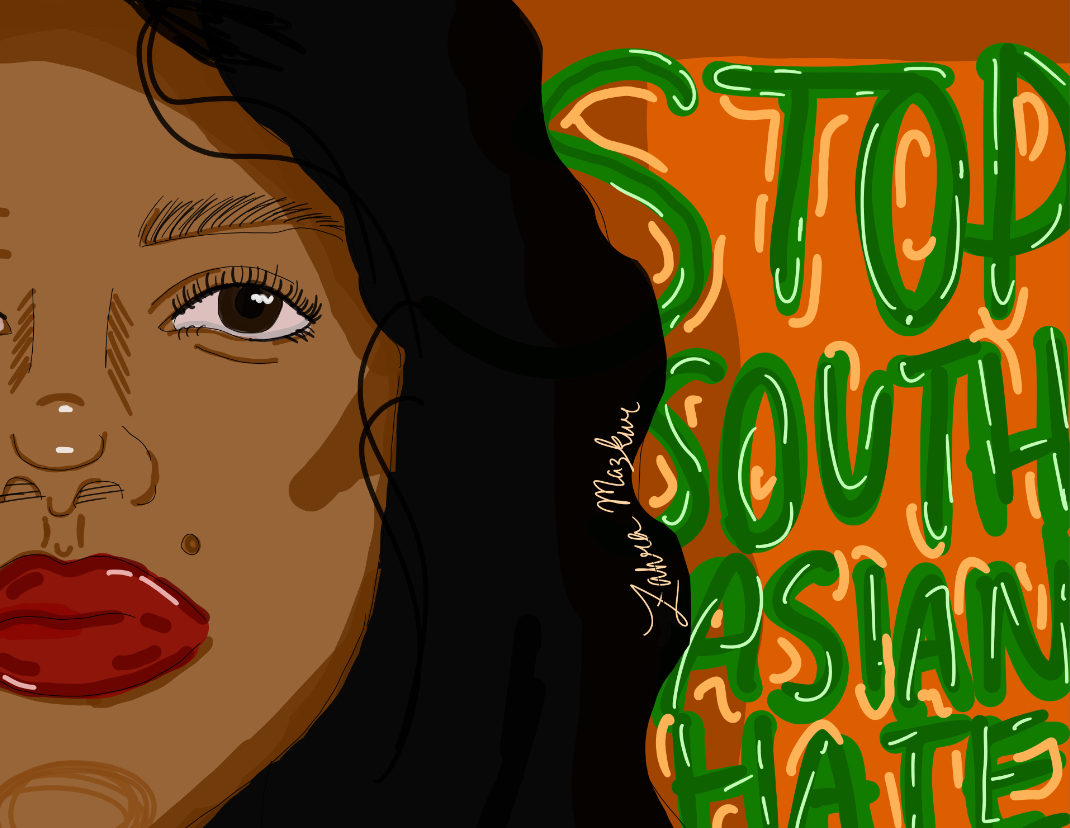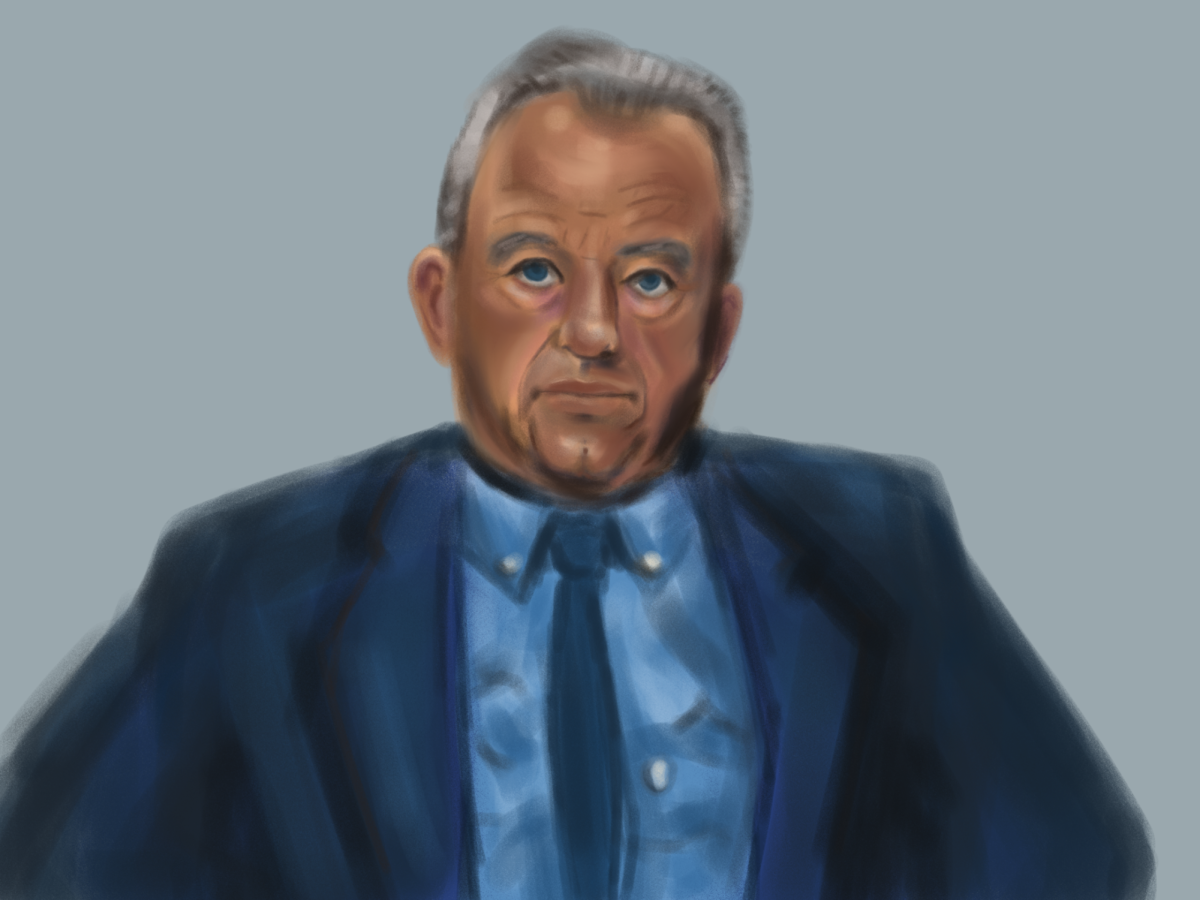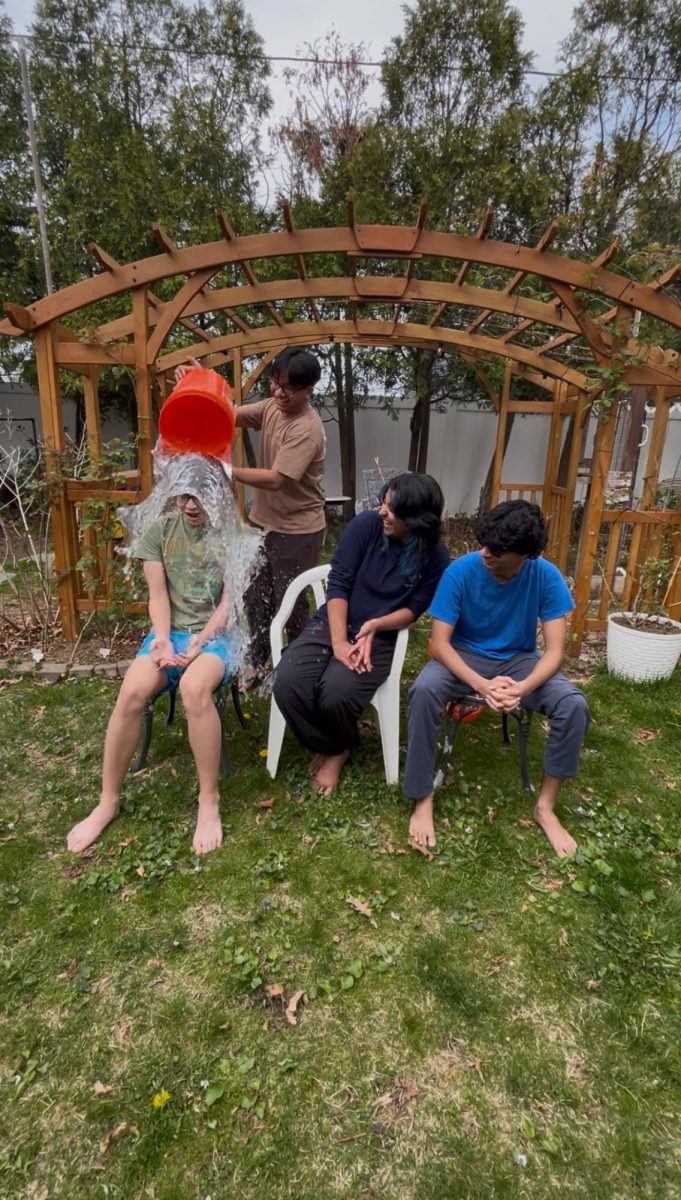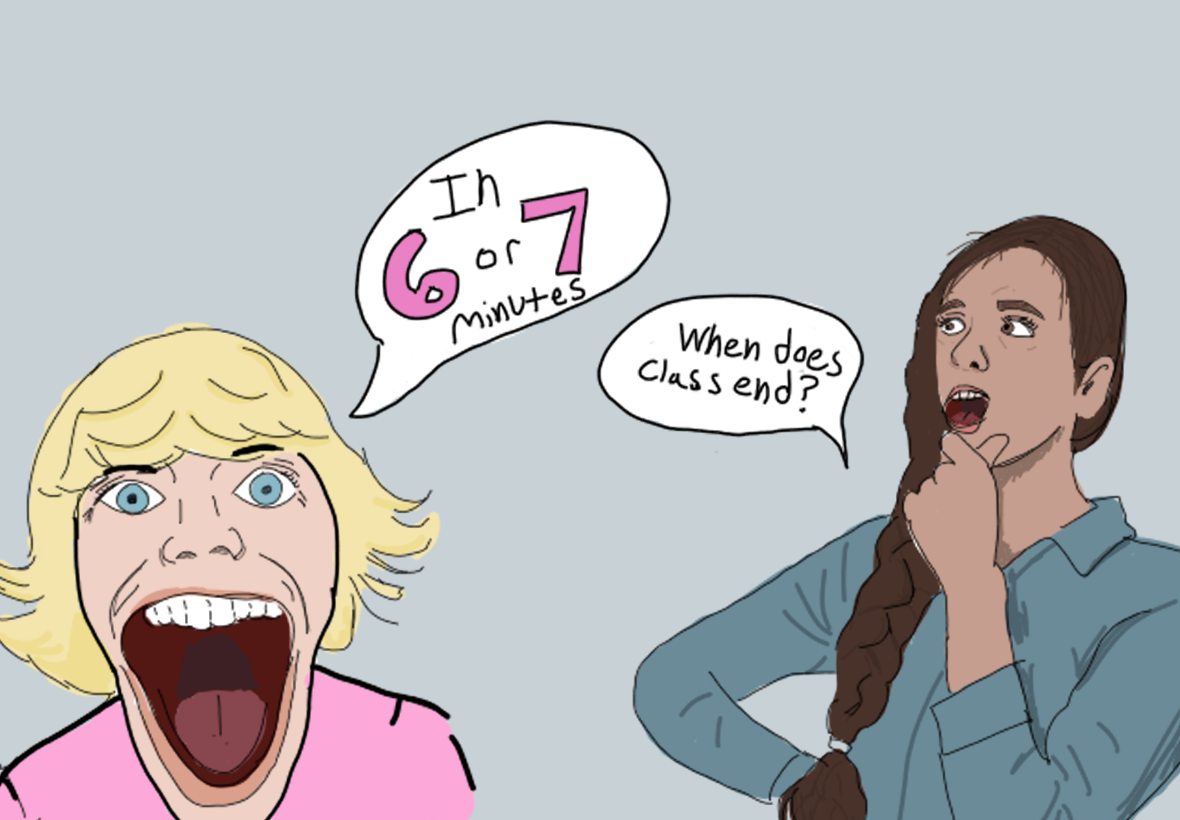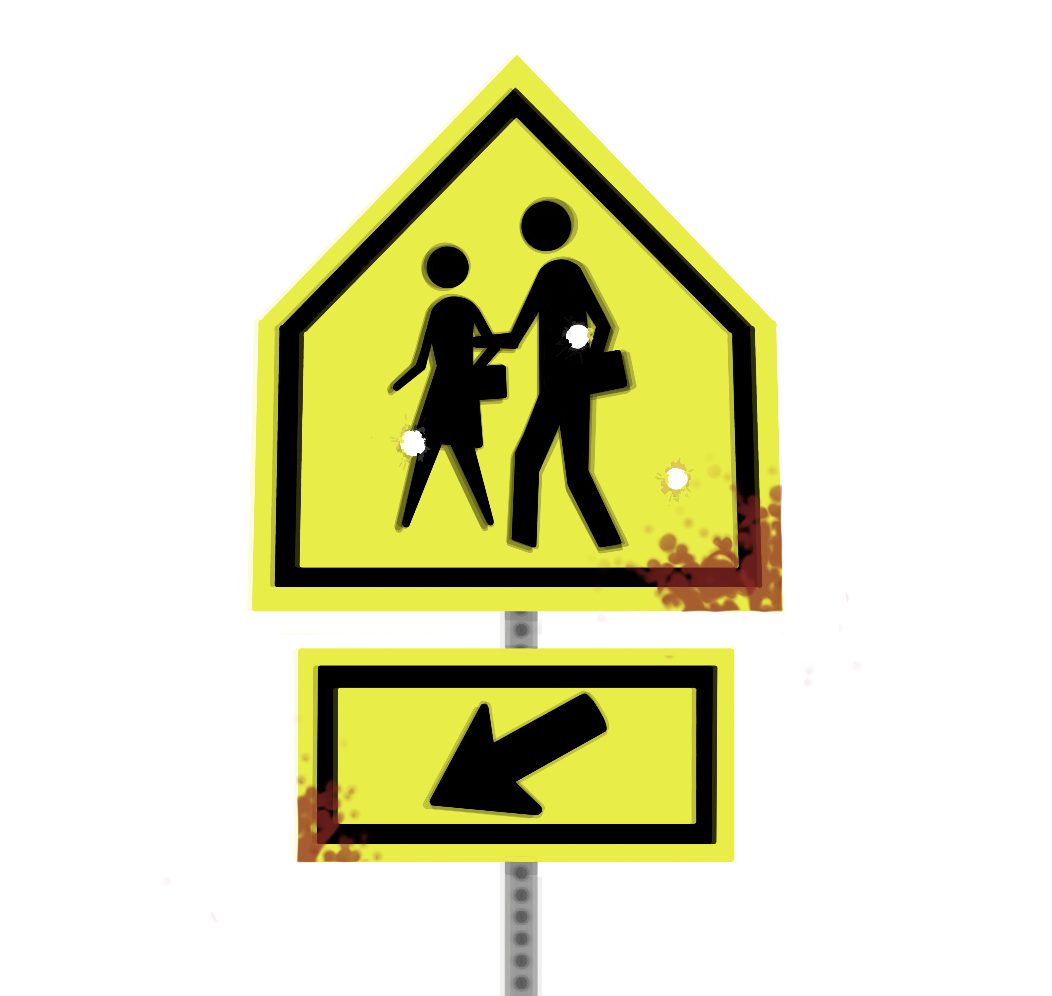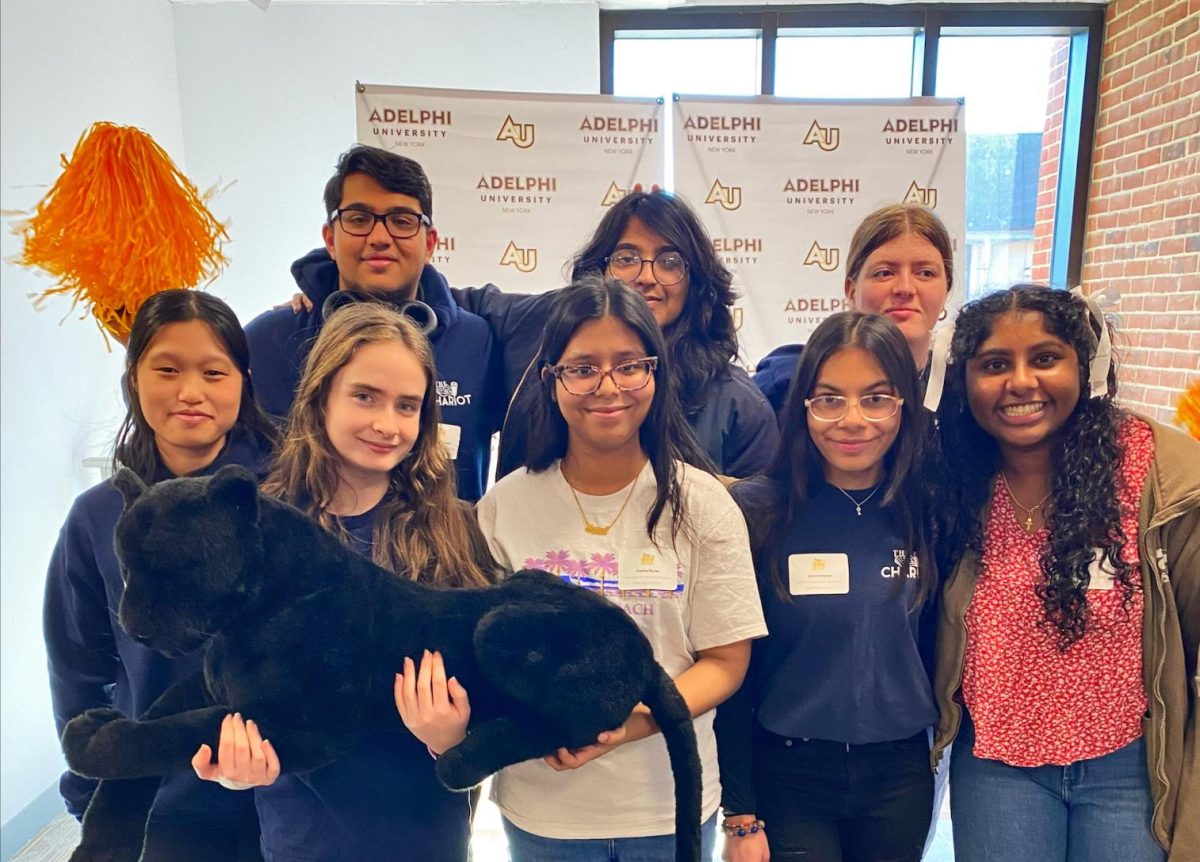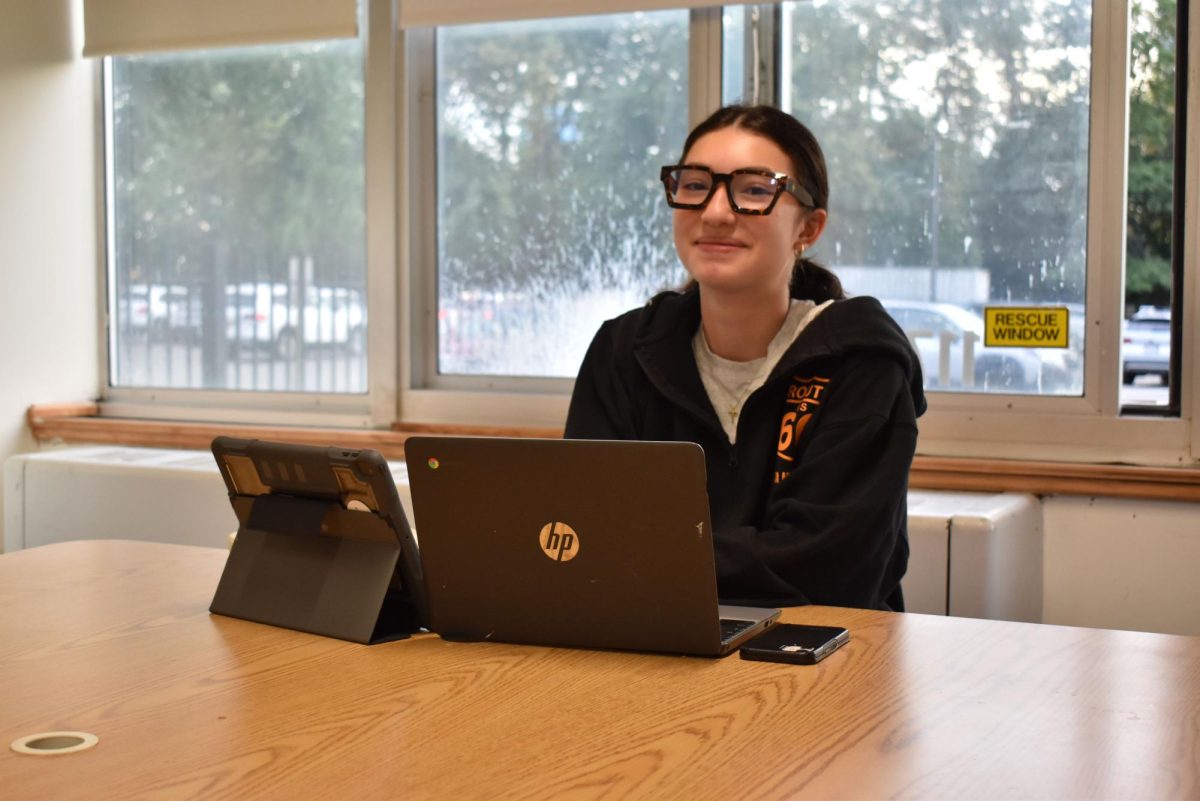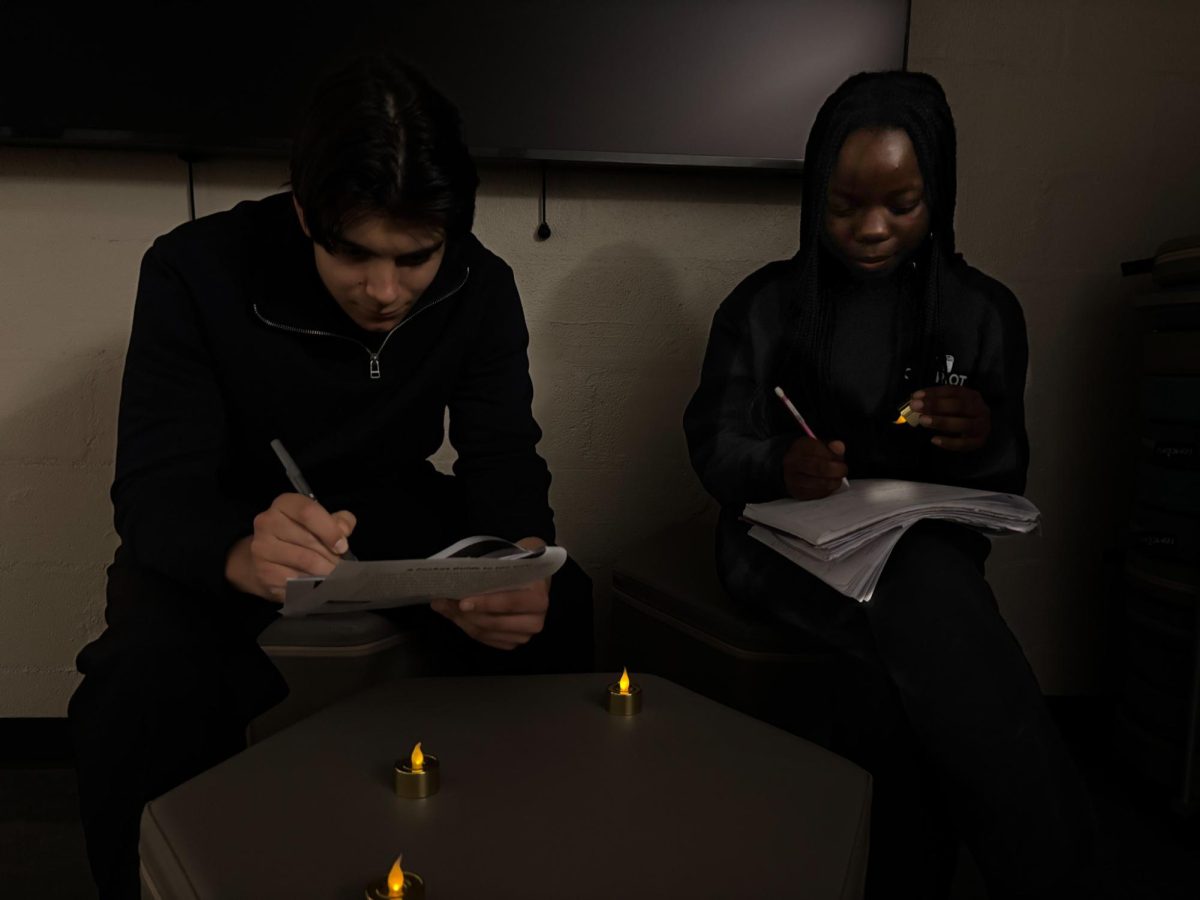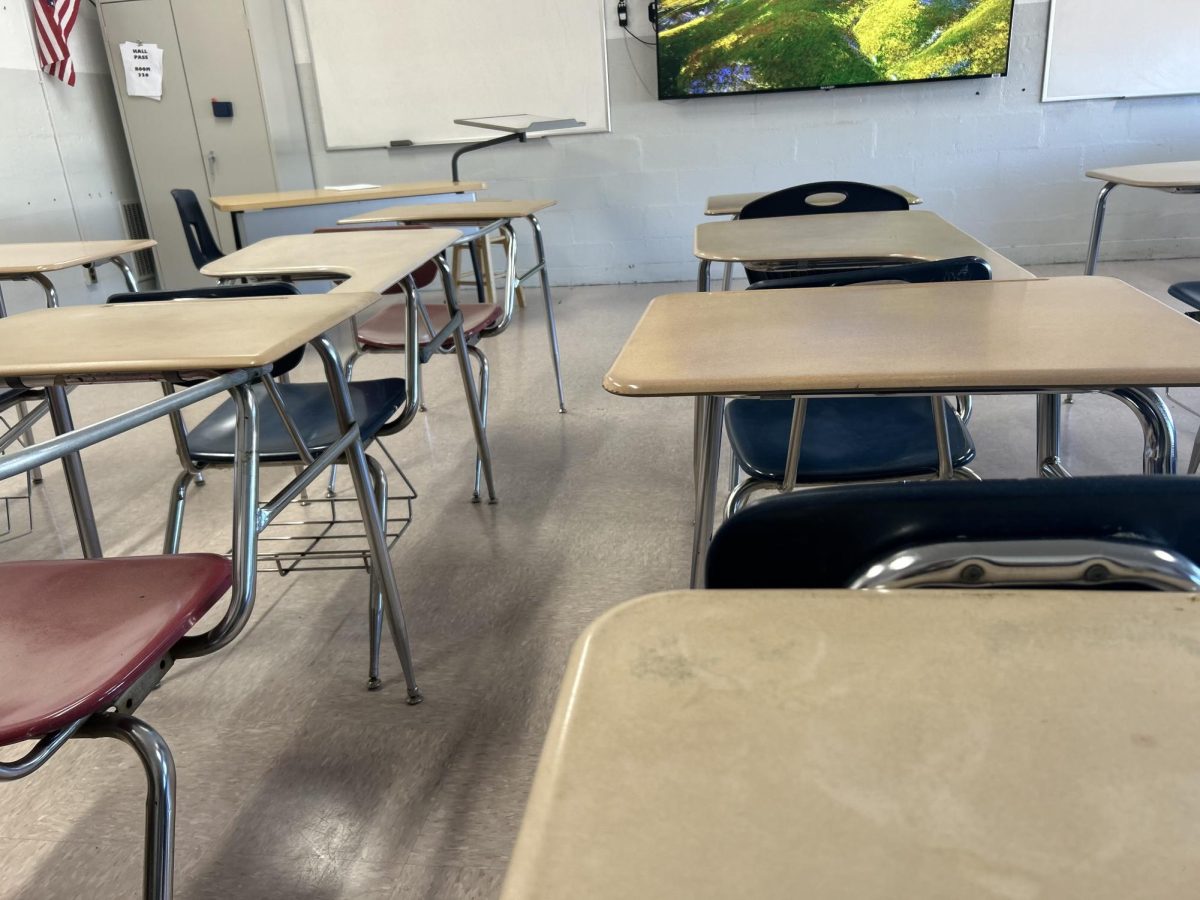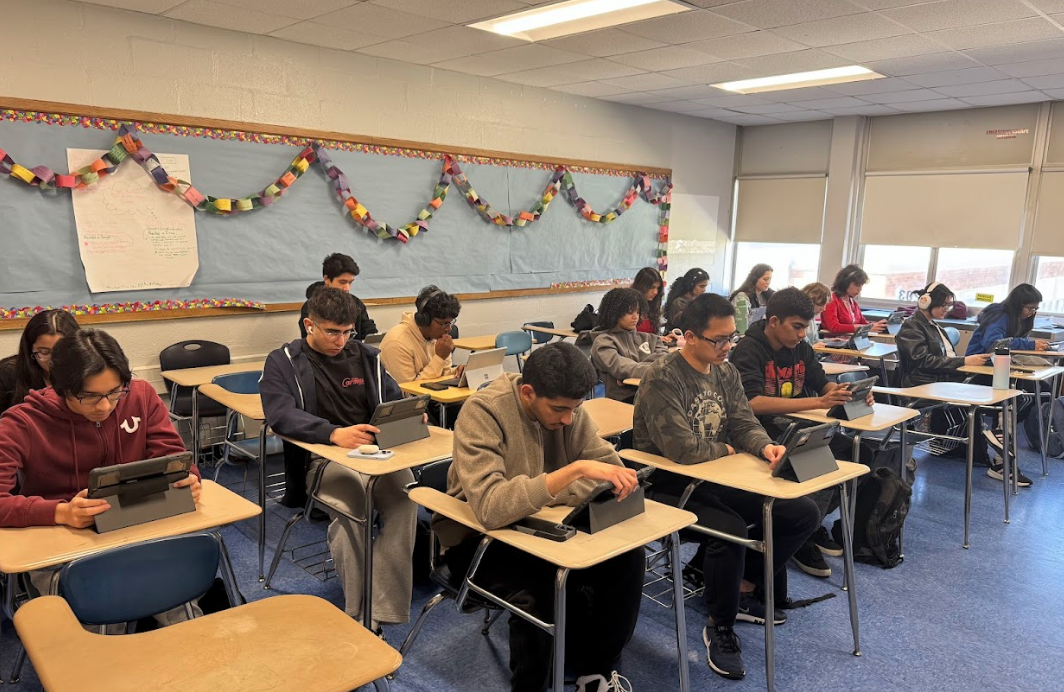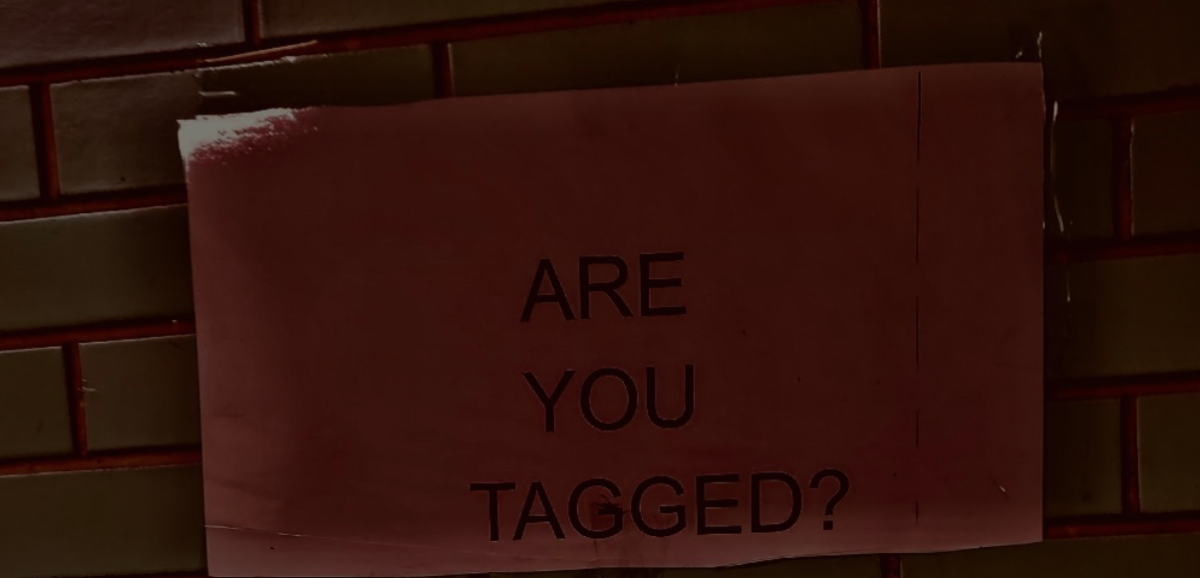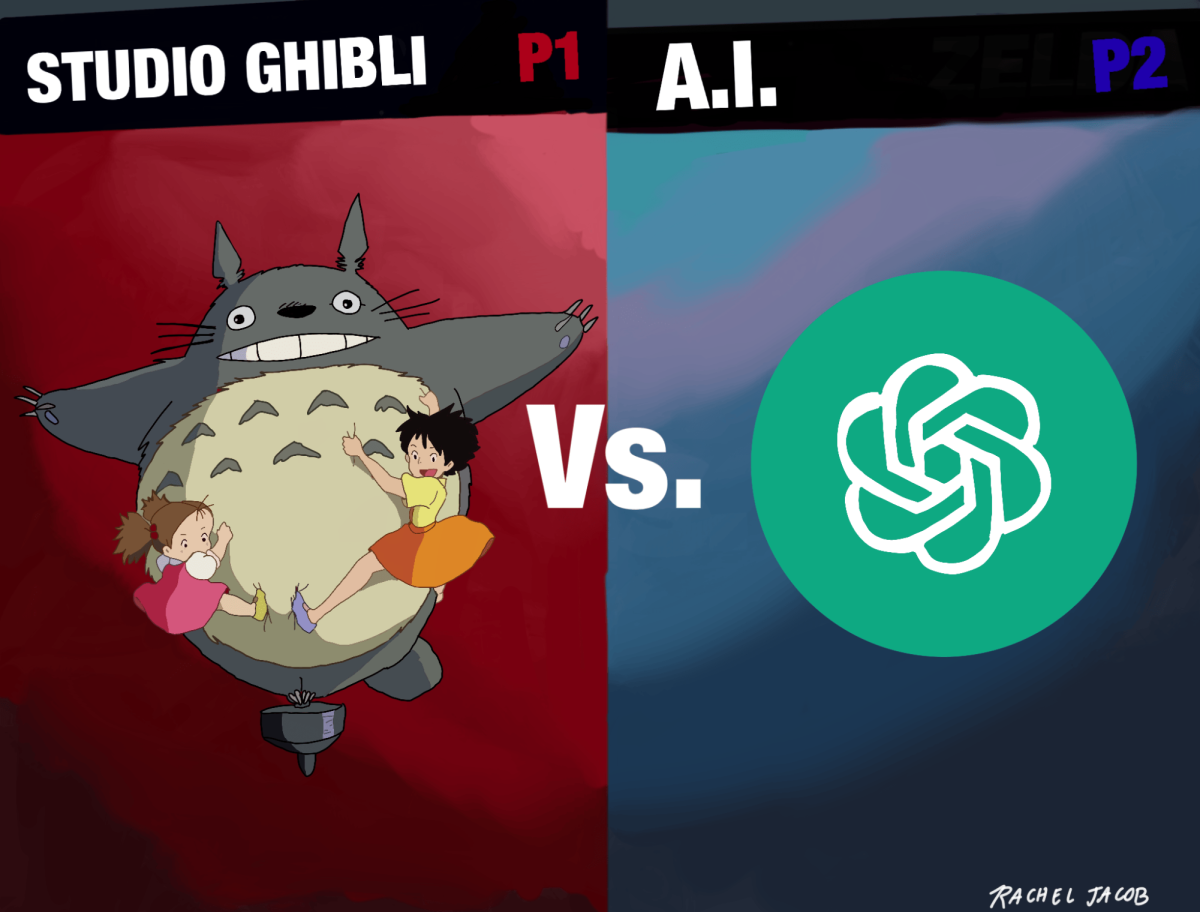On September 10, conservative commentator Charlie Kirk was shot and killed while speaking at Utah Valley University. The incident marked one of the highest-profile shootings targeting a political figure in recent years, prompting renewed discussion about security at universities and public events nationwide.
The 31-year-old, who first gained national attention as the founder of Turning Point USA, was hit in the neck by a single bullet and later pronounced dead at Timpanogos Regional Hospital. Police said that the shooter, 22-year-old Tyler Robinson, fired from a rooftop near the event and fled the scene. The investigation remains ongoing.
While Kirk’s death has dominated headlines, experts say it is part of a larger pattern of gun violence gripping the United States. On the same day, a separate school shooting occurred in Evergreen, Colorado, highlighting the frequency and reach of such incidents. Federal statistics show violent crimes fell nearly 16 percent between 2023 and 2024, yet high-profile shootings continue to leave communities shaken. The K–12 School Shooting Database has already recorded more than 150 incidents on or near school grounds this year alone.
“When it comes to the tragic shooting of Charlie Kirk I think first and foremost it’s absolutely horrific that violent crime happens to anybody and on a human level I feel terrible for his friends and family,” senior Rocco Lipari said. “Absolutely nobody should die for something that they say or believe. On a more political note however I feel that it sets a bad precedent for free speech going forward as it demonstrates how speaking your mind paints a target on your back and one that won’t always be met by discourse but also potentially by violence.”
Some states have tightened gun restrictions, while others have expanded access, contributing to a patchwork of laws that many argue fail to prevent tragedies. Studies show that higher levels of firearm ownership are linked to increased rates of firearm homicide, suicide and unintentional injuries, highlighting the public health risks of widespread gun access. The majority of mass shootings involve legally obtained firearms, raising questions about enforcement, storage, and age restrictions.
“Nine out of ten gun violence deaths occurring in New York City involve handguns that are brought from out of state,” Social Studies Department Chairperson Mr. Galvin said. “Charlie Kirk’s assassination was targeted, where political tensions most likely play a larger role than gun control legislation. It still undoubtedly plays a big role.”
For communities like New Hyde Park, the combination of high-profile attacks and the persistent threat of school shootings has sparked conversations among students, teachers and administrators about prevention. Some districts are implementing active-shooter drills, increasing campus security and investing in mental health programs. Yet many students argue these measures are reactive, not preventative.
“Of course, safety regulations are important, but no amount of practice sitting in concealed corners or wearing IDs to school will stop an individual with their minds set on murder,” senior Sara Erxleben said. “Almost 50% of school shootings are perpetrated by students, meaning the shooter is already in the building and has a large grasp on student safety tactics. If you want to reduce school shootings, we must attack the root of the issue. America needs stricter gun laws. It’s extremely apparent that the regulations in place are not effective. The second amendment cannot justify the lives lost. We need to protect children not firearms.”
While Kirk remained a polarizing figure in American politics, his death has been broadly condemned. For the New Hyde Park community, the event served as a reminder that gun violence can reach any place, and that preventing it requires vigilance, awareness and empathy.


